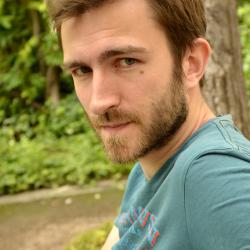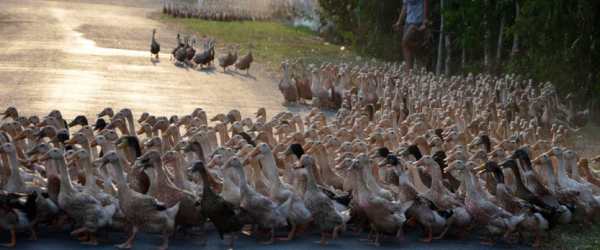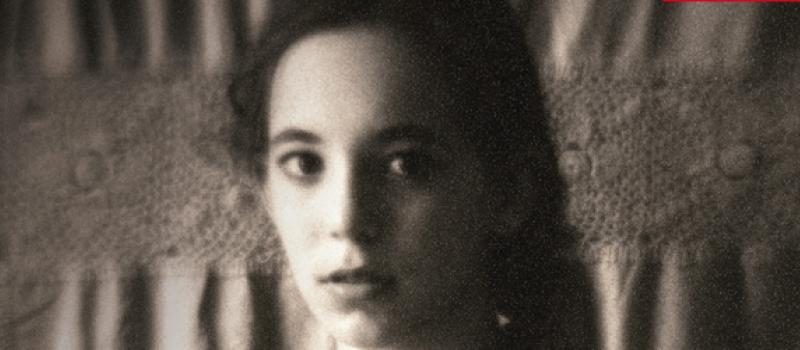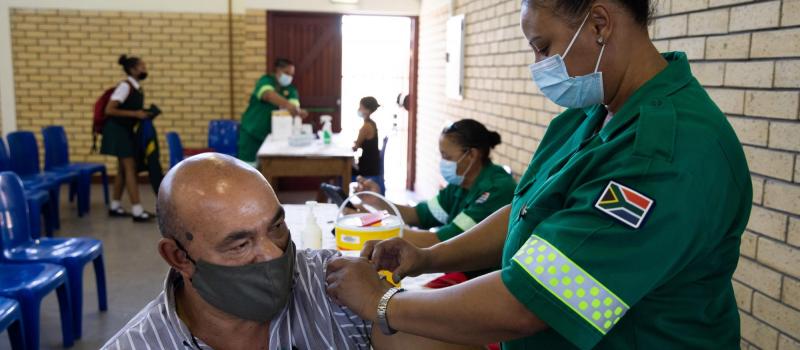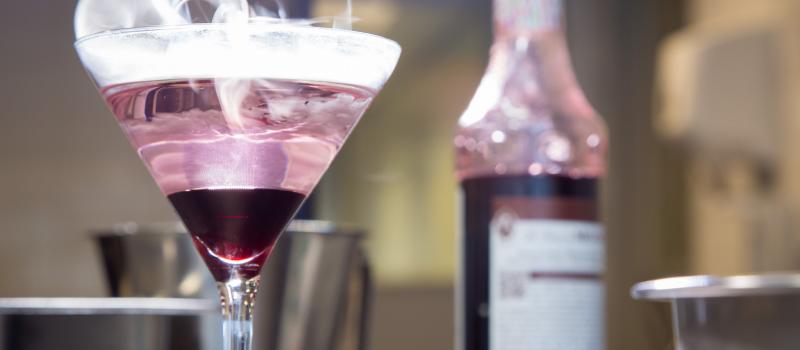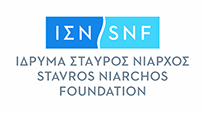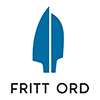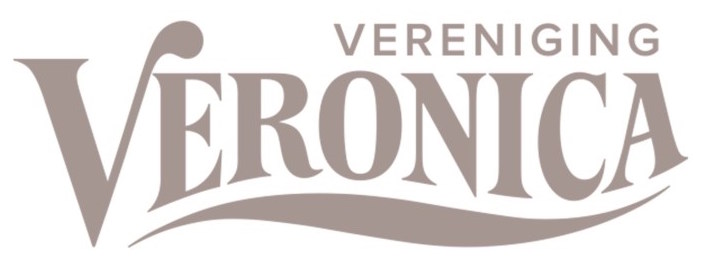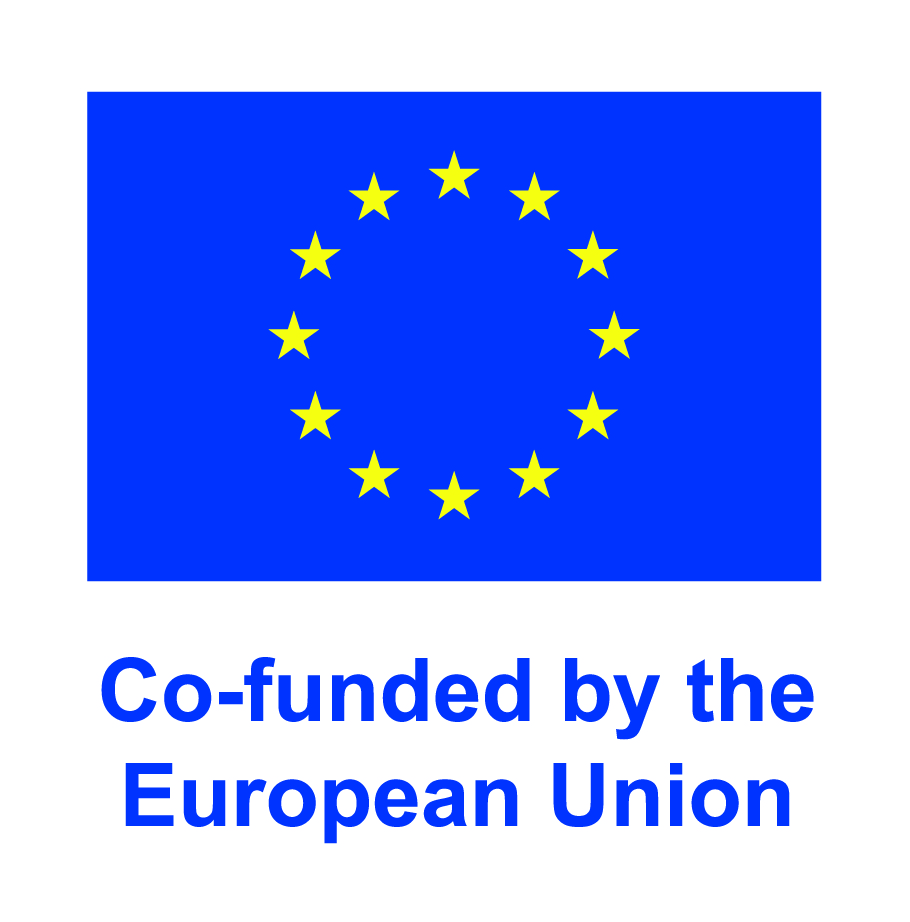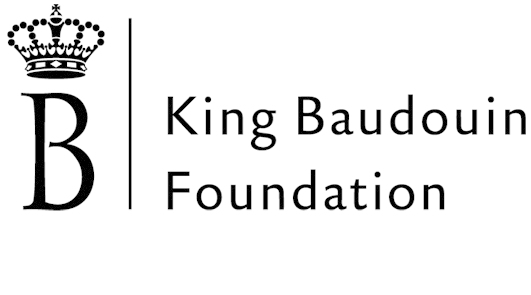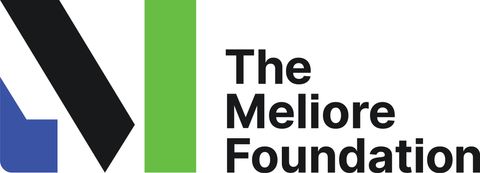
Last year's publication of a scientific paper announcing Dutch virologist Ron Fouchier had succeeded in growing an airborne avian influenza virus in his lab in Rotterdam caused a big stir. Though inherently risky, such research was necessary, he argued, because it would teach us which naturally occuring viruses to look out for.
With the support of the Pascal Decroos fund, science journalist Tim Vernimmen traveled to Southeast Asia in April to investigate the impact of the controversial study on the avian flu surveillance effort, a journey that landed him right in the middle of the H7N9 conundrum.
This resulted, besides long rambles in the countryside and endless market visits, in some very urgent conversations with some of the key players in the fight against avian flu, including renowned virologist Malik Peiris and epidemiologists like Peter Horby and Arnaud Tarantola.
When Fouchier announced last week that he's planning to do similar reseach on H7N9, the time had come to look back on the trip and try to answer some crucial questions: where did H7N9 go? Is the search effort sufficient? And is it defensible to conduct lab research that might make it more dangerous?
NEWSPAPER
Kan zelfgemaakt griepvirus levens redden? ('Can homemade flu virus save lives?') (De Morgen, 14 augustus 2013)
need resources for your own investigative story?
Journalismfund Europe's flexible grants programmes enable journalists to produce relevant public interest stories with a European mind-set from international, national, and regional perspectives.
support independent cross-border investigative journalism
We rely on your support to continue the work that we do. Make a gift of any amount today.
